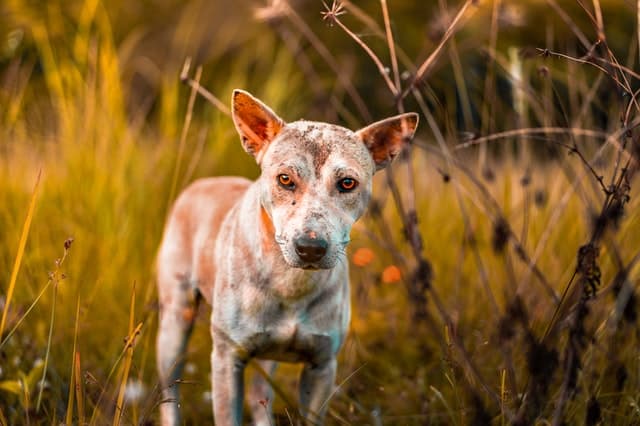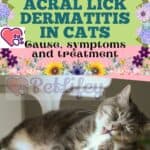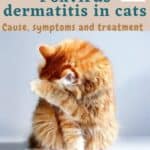This disease is characterized by irritation and redness of the skin, in milder cases. If left untreated, it can lead to hair loss or infections.

The dermatitis in dogs, characterized in most cases dall’arrossamento and irritation of the skin, can cause hair loss and other infections if not treated properly.
Although it is more common in stray animals, dermatitis in dogs can appear due to a variety of factors, including for domestic dogs.
Let’s find out more about the problem of dermatitis in dogs and how to treat it.
What is dog dermatitis?
It is a frequent pathology that affects any dog breed without distinction, although there are some more likely to suffer from it – such as the French Bulldog , the Boxer, the Golden Retriever, the German Shepherd and the Labrador.
Long-haired dogs or dogs that live in hot, humid climates are at greater risk of suffering from dermatitis.
This disease is characterized by irritation and redness of the skin, in milder cases. If left untreated, it can lead to hair loss or infections.
Dermatitis in dogs can be caused by a variety of factors, and the symptoms are quite visible.
The animal does not stop scratching, licking or biting itself, the skin thickens and turns red, also emitting a bad smell, the hair falls out, a sort of ” dandruff ” appears and rashes or scaly skin appear.
Sores, eczema, and ear infections can also appear.
Types of dermatitis in dogs
In order to be able to offer the animal adequate treatment, it is essential to determine which type of dermatitis has affected it :
1. Atopic or allergic dermatitis
This is one of the most common, which occurs when the animal has a genetic propensity to develop allergies . Mites, flower pollen or insect bites can cause this type of dermatitis.
The most affected areas are the legs, muzzle, belly, groin and armpits. Severe itching, red skin, bumps, dryness and darkening of the area are the main symptoms of this problem. To soothe the burn, the vet may administer medicines in the form of a cream or gel with antibacterial or moisturizing properties.
2. Skin fungi
Some breeds of animals with “folded” or wrinkled skin, such as the Shar Pei , the Bulldog or the Neapolitan Mastiff, accumulate fat and moisture in these areas, which are very difficult to clean. This favors the appearance of fungi, which can lead to dermatitis.
The main symptoms in these cases are the fall and change in the color of the hair, dry skin, the appearance of purulent masses and bad smell.
The best treatment in this case is to apply a cream for external use to eliminate the fungi. It will be necessary to complete the dressing to prevent these microorganisms from reappearing and, of course, to prevent them with an exhaustive hygiene of the area.
3. Contact dermatitis
This is another type of dermatitis in dogs that can affect any breed. It occurs when the animal comes into contact with some substance that is harmful to its health , such as floor disinfectants, paint, swimming pool chlorine, detergents, etc.
The skin becomes inflamed, hardened and reddened, scabs appear , and the animal scratches itself until it hurts . There is no specific treatment for this type of dermatitis, other than to eliminate the substance with which the animal came into contact, in order not to worsen the situation.
4. Seborrheic dermatitis
Here is a rather common type of dermatitis in dogs, which can appear when the dog takes too many baths, causing a weakening of the natural fat layer of the skin.
It can also be due to an allergy or to some food or environmental component.
The seborrheic dermatitis leads the skin to become more oily and to enact a strong smell.
Skin “scales” may also appear as similar to dandruff, as well as areas that are red due to intense scratching.
The treatment in these cases involves baths with special products, which allow the dermis to recover its natural state. It is also recommended to pay attention to the type of feed administered, since some dyes and certain ingredients can worsen the picture.
Dermatitis in dogs should be treated with medications for external use, oral or injections, depending on the severity and type of the disease. Veterinarians will also be able to combine more than one remedy if they deem it necessary.






